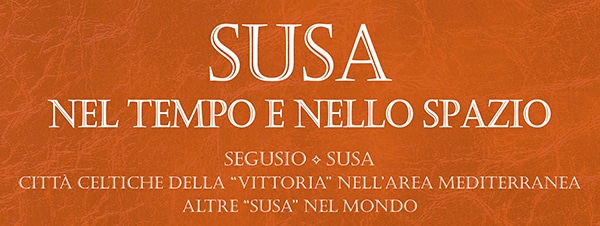I Celti, nel cuore dell’Europa
I Celti sono una componente importante della grande migrazione che costruì l’Europa.
Essi giunsero a nord delle Alpi facendo il “giro lungo”: non risalirono cioè la penisola italiana, ma dall’Anatolia seguirono il corso del Danubio, fino a trovarsi nel cuore dell’Europa, nella regione che oggi comprende i Paesi Slavi, l’Austria, il sud della Germania.
Di lì la loro marcia continuò attraverso Francia e Spagna, fino a raggiungere l’Oceano Atlantico.
Rami secondari del grande flusso arrivarono poi sulle Isole europee, come Gran Bretagna ed Irlanda.
Una caratteristica, tuttavia, distinse sempre i Celti, rispetto ai popoli del Mediterraneo: non si diedero mai un ordinamento statuale unitario, in altre parole non fondarono mai un “Impero”.
L’assenza di uno stato unitario li rese inevitabilmente più deboli, di mano in mano che, invece, Roma cresceva di potere e si espandeva sul Mediterraneo.
I CELTI: COME VIVEVANO?
Abbiamo già detto di come i Celti non abbiano messo a punto, nella loro pur lunga storia, un sistema organico di “Stato”: la stessa mancanza di visione organica si può riscontrare nell’organizzazione del loro modo di vivere, che non arrivò mai a definire “città” paragonabili – per complessità della loro organizzazione urbana – alle realizzazioni delle civiltà mediterranee.
Ciò nondimeno, la società celtica seppe esprimere diversi modi di vivere organizzati, basati su due punti caratteristici: la “fattoria” (intesa come insediamento organizzato di agricoltori ed allevatori, più o meno isolata nella campagna) e lo “oppidum” (un centro fortificato, destinato a servire da luogo di scambio, da sede del potere, da rifugio in caso di pericolo).
Ed è in questo mondo composito, fatto di terminologie celtiche miste a parole latine, che possiamo andare a cercare, con maggior possibilità di successo, le tracce di quella radice SEG- che, come abbiamo visto, i Celti portarono con se, nel loro lungo cammino dall’Anatolia alle Alpi.
The Celts played an important role in the great migrant flows that built Europe.
They came north-bound over the Alps by taking the “larger road”: they did not cross up the Italian peninsula, whereas by migrating from Anatolia they followed the course of the Danube, until they came into the heart of Europe, in the region that today includes the Slavic countries, Austria and the Southern region of Germany.
From there onwards they kept on marching across France and Spain, until they reached the Atlantic Ocean.
Secondary branches of that great flow then reached the Northern European islands, such as Great Britain and Ireland.
A characteristic, however, has always been distinctive of the Celts, in comparison to other peoples of the Mediterranean region: they never set a unified state order – in other words they never founded an “Empire”.
The absence of a unitary state inevitably made them weaker, whereas Rome grew more and more in power by extending its domains along the Mediterranean.
The Celts: how did they lived?
We have said above how the Celts did not develop, all through their long history, an organic system of “state”: the same lack of an overall vision could be found in the organization of their way of life, which never came to build “cities” comparable – as for the complexity of their urban organization – with the achievements of Mediterranean civilizations.
Nonetheless, Celtic society was able to provide different organized ways of living, based on two peculiarities: the “farm” (intended as to be an organized settlement of farmers and breeders, more or less isolated in the countryside) and the “oppidum” (a fortified center), planned to serve as a place of exchange, the seat of power – ‘the hall’- or a shelter in case of danger).
And it is into this composite world, made up of Celtic terminologies mixed with Latin words, that we can find out, with a major chance of success, the traces of that root SEG- which the Celts brought with them, as we have seen, in their long journey from Anatolia to the Alps.
